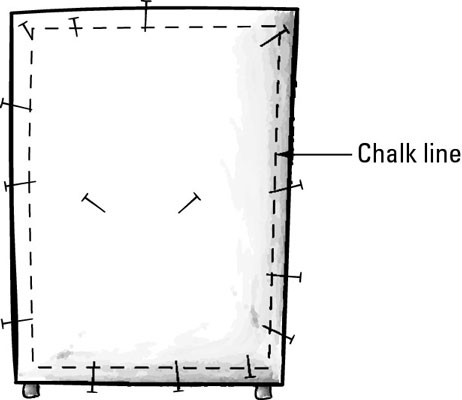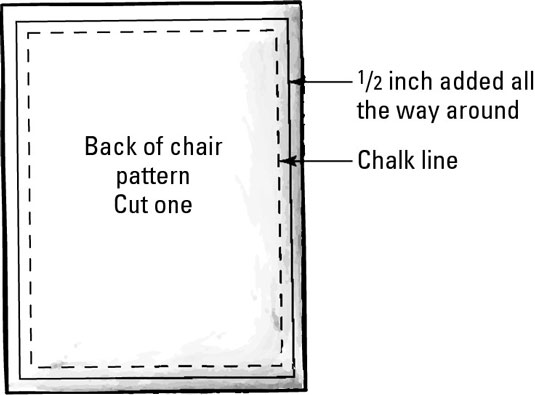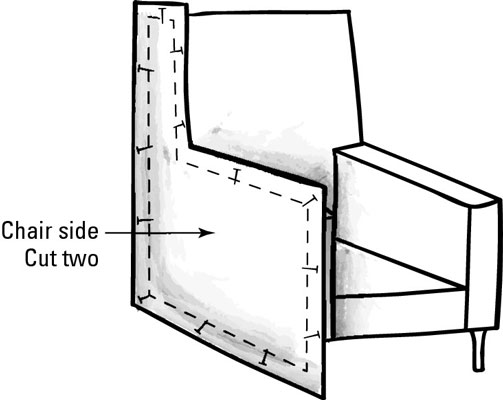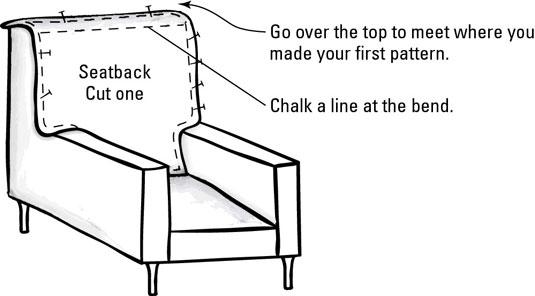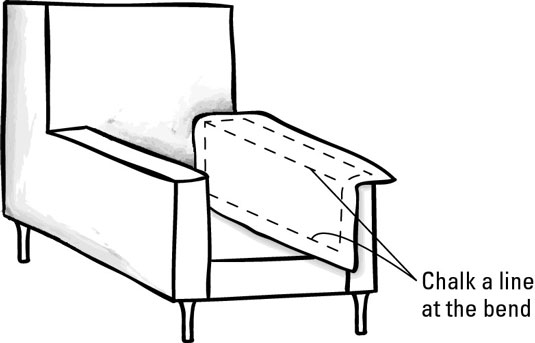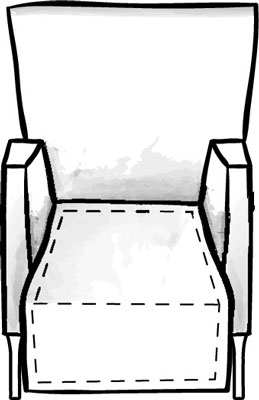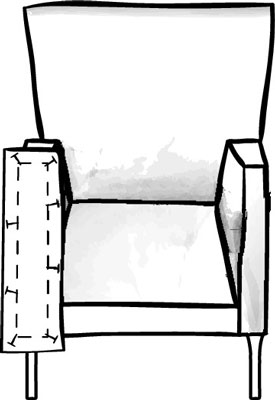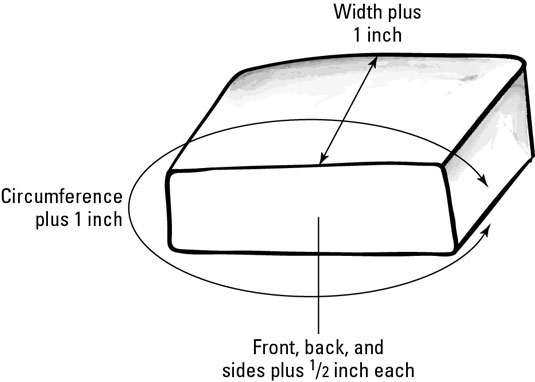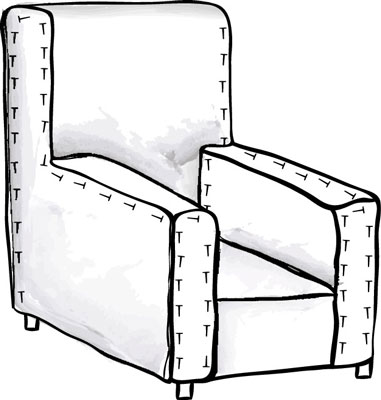Any
picture or mirror weighing more than 10kg is best hung from two points
on the wall, with hanging devices attached to corresponding points on
the frame.
It's best to hook the hanging device onto a screw head in a wall stud, even if it's just on one side.
Distribute
the weight of a mirror over 10kg across two hanging points on the wall,
removing the hanging wire and replacing it with D rings or keyhole
plates that hook onto plasterboard or masonry anchors.
Position
the rings or plates about one-third of the way down from the top on
both sides and secure with screws into the back of the frame.
- See more at: http://www.readersdigest.com.au/how-to-hang-heavy-mirror#sthash.LIZxWWHU.dpufAny
picture or mirror weighing more than 10kg is best hung from two points
on the wall, with hanging devices attached to corresponding points on
the frame.Any
picture or mirror weighing more than 10kg is best hung from two points
on the wall, wi Any picture or mirror weighing more than 10kg is best hung from two
points on the wall, with hanging devices attached to corresponding
points on the frame.
Any picture or mirror weighing more than 10kg is best hung from two
points on the wall, with hanging devices attached to corresponding
points on the frame.
It's best to hook the hanging device onto a screw head in a wall stud, even if it's just on one side.
Distribute
the weight of a mirror over 10kg across two hanging points on the wall,
removing the hanging wire and replacing it with D rings or keyhole
plates that hook onto plasterboard or masonry anchors.
Position
the rings or plates about one-third of the way down from the top on
both sides and secure with screws into the back of the frame.


Position
the rings or plates about one-third of the way down from the top on
both sides and secure with screws into the back of the frame. th hanging devices attached to corresponding points on
the frame.
It's best to hook the hanging device onto a screw head in a wall stud, even if it's just on one side.
Distribute
the weight of a mirror over 10kg across two hanging points on the wall,
removing the hanging wire and replacing it with D rings or keyhole
plates that hook onto plasterboard or masonry anchors.
Position
the rings or plates about one-third of the way down from the top on
both sides and secure with screws into the back of the frame.
- See more at: http://www.readersdigest.com.au/how-to-hang-heavy-mirror#sthash.LIZxWWHU.dpuf
It's best to hook the hanging device onto a screw head in a wall stud, even if it's just on one side.
Distribute
the weight of a mirror over 10kg across two hanging points on the wall,
removing the hanging wire and replacing it with D rings or keyhole
plates that hook onto plasterboard or masonry anchors.
Position
the rings or plates about one-third of the way down from the top on
both sides and secure with screws into the back of the frame.
- See more at: http://www.readersdigest.com.au/how-to-hang-heavy-mirror#sthash.LIZxWWHU.dpuf